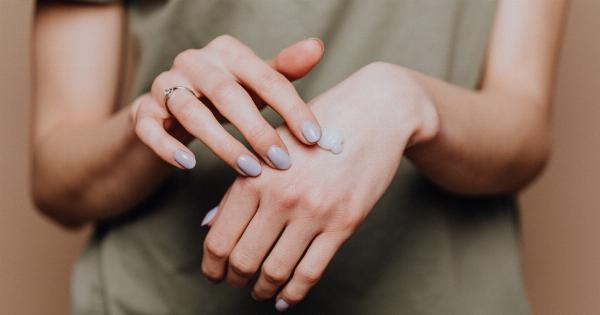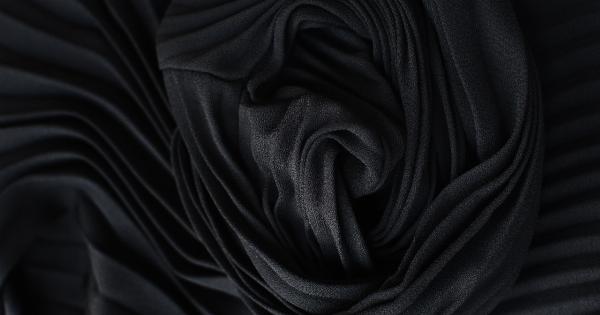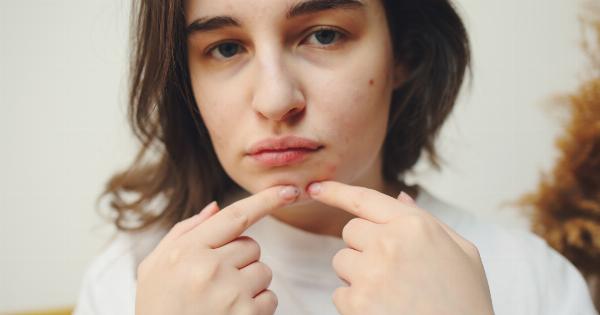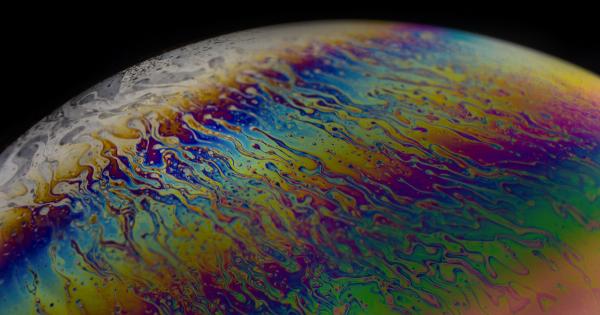Acne is a common skin condition that affects millions of people worldwide. It often leaves behind visible marks that can be frustrating and difficult to get rid of.
In this ultimate guide, we will explore the various types of acne marks, their causes, and the best ways to fade them away.
Types of Acne Marks
Acne marks can be divided into two main categories: acne scars and post-inflammatory hyperpigmentation (PIH).
Acne Scars
Acne scars are a result of severe acne, and they form when the skin is unable to regenerate itself fully. The most common types of acne scars include:.
Ice Pick Scars
Ice pick scars are deep and narrow scars that form when the acne lesion penetrates deep into the skin. They are more common in people with oily skin, and they give the skin a pitted appearance.
Boxcar Scars
Boxcar scars are wide and indented scars that have sharp edges. They are usually caused by inflammatory acne, and they are more common in people with darker skin tones.
Rolling Scars
Rolling scars are wide scars that have a wavy appearance. They are caused by the fibrous tissue bands that develop between the skin and the underlying tissues.
Post-Inflammatory Hyperpigmentation
Post-inflammatory hyperpigmentation (PIH) is a type of acne mark that forms when the skin produces more melanin in response to the inflammation caused by acne.
PIH is usually temporary and fades away over time, but it can take several months to a year to disappear completely.
Causes of Acne Marks
Acne marks are caused by different factors, including:.
Inflammation
Inflammation is the main cause of acne marks. When the body tries to heal the acne lesion, it produces collagen fibers that can lead to scarring.
Genetics
Some people are more prone to acne marks than others due to genetic factors. For instance, people with darker skin tones are more likely to develop PIH.
Picking at acne
Picking or squeezing acne lesions can cause scars and PIH. It can also spread the bacteria responsible for acne and worsen the condition.
Sun exposure
Exposure to the sun can worsen acne marks as it stimulates melanin production, making the pigmentation darker.
How to Fade Acne Marks
There are several ways to fade acne marks, some of which include:.
Topical Treatments
Topical treatments such as retinoids, Vitamin C, Hydroquinone, and Kojic acid can help lighten PIH and reduce the appearance of scars. These treatments work by blocking melanin production and stimulating collagen production.
Chemical Peels
Chemical peels are a type of exfoliating treatment that can help reduce the appearance of acne marks. They work by removing the outer layer of dead skin cells, revealing fresh, healthy skin.
Different types of chemical peels are available, including glycolic acid, salicylic acid, and trichloroacetic acid peels.
Microneedling
Microneedling, also known as collagen induction therapy, involves using a small device that creates micro-injuries on the skin. This process stimulates collagen and elastin production, leading to a smoother, brighter complexion.
Laser Therapy
Laser therapy can help reduce the appearance of acne marks by targeting the pigmentation and stimulating collagen production.
Different types of laser therapy are available, including pulsed-dye lasers, fractional lasers, and intense pulsed light (IPL) therapy.
Preventing Acne Marks
Preventing acne marks requires a comprehensive approach that involves managing acne and protecting the skin. Some ways to prevent acne marks include:.
Treating Acne Early
Early intervention is the best way to prevent acne marks. Treating acne as soon as it appears can prevent it from worsening and decrease the chances of developing scars and PIH.
Sun Protection
Protecting the skin from the sun is essential for preventing acne marks. Wearing sunscreen daily can reduce the risk of developing PIH and prevent existing marks from becoming darker.
Hands-Off Approach
Avoiding picking, squeezing, or touching acne lesions can reduce the risk of developing scars and PIH. It can also prevent the spread of bacteria, which can lead to more breakouts.
Conclusion
Acne marks can be frustrating and challenging to get rid of. However, with the right treatment and prevention strategies, it is possible to fade them away.
Whether you choose topical treatments, chemical peels, microneedling, or laser therapy, the key is to start early and be consistent. Protecting the skin from the sun and avoiding picking at acne lesions can also go a long way in preventing acne marks.




























